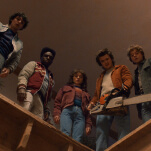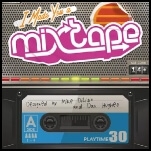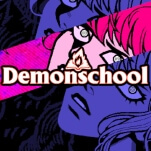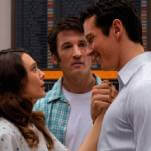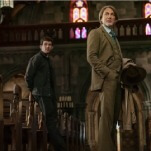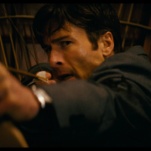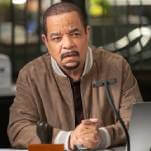As a result, Regions Of Light And Sound Of God is the most direct music he’s created. That’s very much a function of how the album was constructed—James played every instrument and self-produced/engineered it—and of the album’s sparse instrumentation, which forces his vocals to the forefront. James responds to this challenge mightily: His performance is delicate and breathy on “Know Til Now,” channels David Bowie’s folk era on “Dear One,” resembles a retro-R&B superstar during “Actress,” and contain shades of an anguished soul crooner on “All Is Forgiven.”
Unfortunately, Regions Of Light And Sound Of God’s antique-sounding, ghostly music doesn’t measure up to these expressive vocal deliveries. Pleasant but at times bland or monotonous, the record touches on wholesome ’50s rock, hollow soul, skittering jazz, and pastoral folk. “A New Life” resembles Andrew Bird’s mincing indie pop, “Exploding” and “Of The Mother Again” both have a tropical feel thanks to breezy guitar rhythms, and the exotic “All Is Forgiven” boasts snake-charmer melodies and minor-key dread. If anything, Regions Of Light And Sound Of God resembles what a Radiohead album recorded in the 1920s might sound like.
Sure, James deserves respect for pushing himself in entirely new creative directions; “State Of The Art (A.E.I.O.U),” on which stair-step piano and high-alert strings add murky ambience, is the closest thing on the album to latter-day My Morning Jacket. And for a musician who’s so comfortable with a band dynamic, he sounds completely at ease going it alone. Still, one can’t shake the idea that Regions Of Light And Sound Of God would have benefited from the input of an outside editor.






